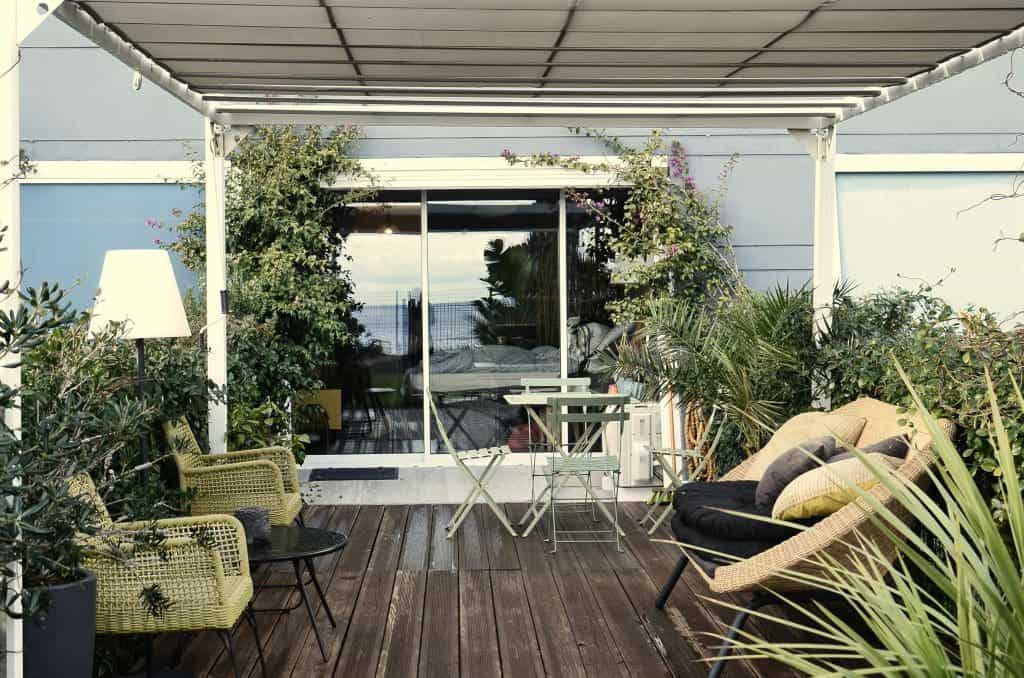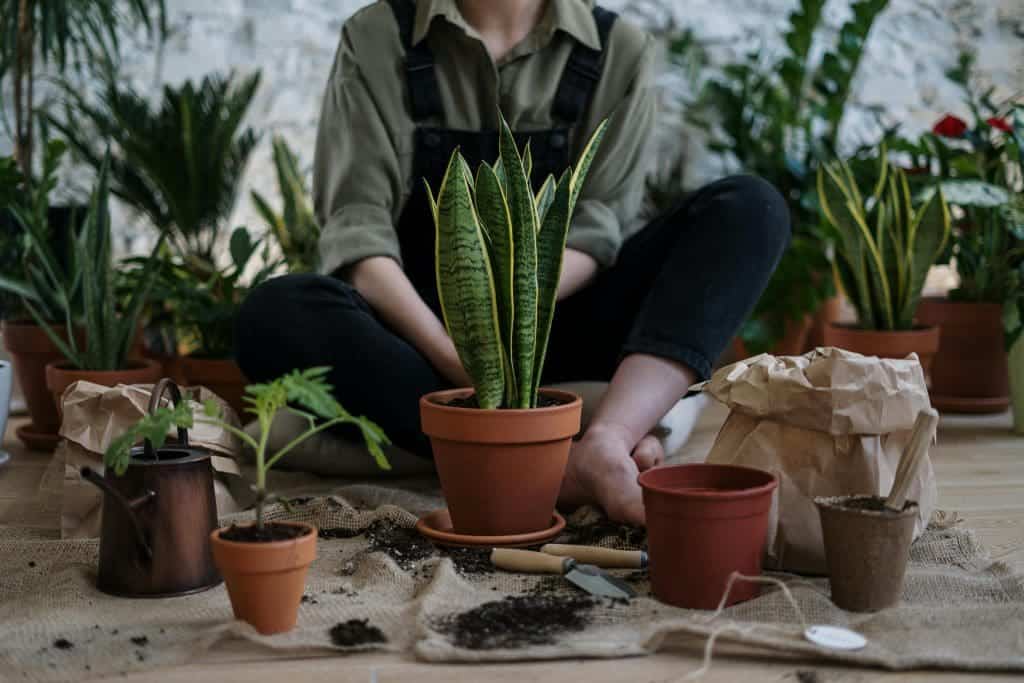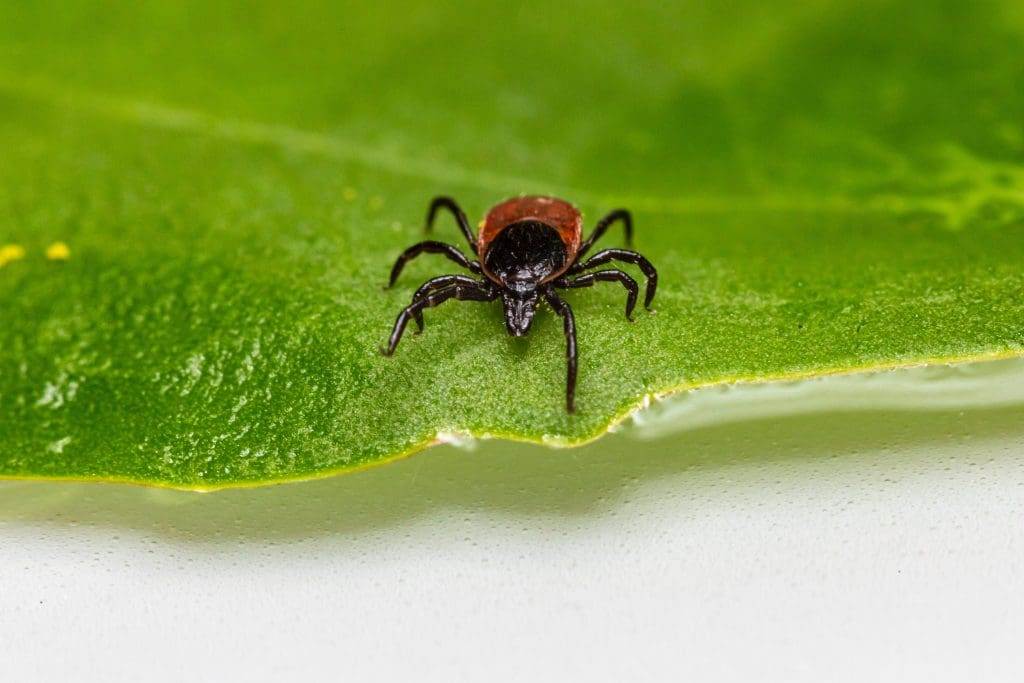Tropical plants are a great choice for those who adore indoor cultivating. With vibrant colors and exotic allure, tropical plants can bring a touch of the tropics to any indoor space.
This comprehensive guide will provide you with ten critical tips to ensure your tropical plants remain as beautiful and healthy as possible.
Proper care is key to ensuring the health and longevity of your tropical plants. When properly cared for, these plants can live for many years, providing you with endless enjoyment.
1. Selecting the Right Tropical Plants
Tropical plants include a variety of options-
1.1. Ferns
These lush and green plants grow in moist conditions and low light. Additionally, they are grown in indoor environments.
1.2. Orchids
These are known for their stunning and exotic blooms. Furthermore, there are many orchid species with unique flower shape and color.
1.3. Palms
Palms have various shapes and sizes. These can be accommodated in both indoor and outdoor spaces. Some examples are the Areca Palm, Majesty Palm, and Kentia Palm.

1.4. Bromeliads
These are colorful and easy-to-care-for plants. Beginners can learn how to take care of these tropical plants with great care. These plants are long-lasting.
2. Light Requirements
There are certain light requirements for indoor and outdoor plants.
2.1. Indoor Plants
2.1.1. Indirect Light
Indoor tropical plants grow in indirect light. Take care that the plants are not exposed to direct sunlight.
So place the plant near a sunny window and ensure that it receives enough light according to its needs.
2.1.2. Rotate Plants
Rotate the plant repeatedly to ensure that the light reaches all sides of the tropical plant.
Moreover, this also stops tropical indoor plants from growing toward the light source.
2.2. Outdoor Plants
2.2.1. Protection from Sun
During excessively hot days, outdoor tropical plants need to be protected. During this time, either place the plant under taller trees, using a tinting cloth or move them to shadier spots.
2.2.2. Filtered Sunlight
Some plants need filtered sunlight and are adapted to dotted light found under the trees. So make sure that you make the suitable arrangements.

3. Temperature and Humidity
3.1. Temperature Requirements
3.1.1. Warm Temperature and Winter Care
Tropical plants are adapted to warm temperatures and have higher thermal optima for photosynthesis, with certain species having an average thermal optimum of 35 degrees celsius.
Also, tropical plants require warm temperatures during winter because freezing temperatures slow the plant growth.
3.1.2. Dormancy
During the winter months, the growth of tropical plants can get slow due to cold temperatures. The watering and fertilization of the tropical plant should be slow during this period.
3.2. Humidity Requirements
3.2.1. Humidity Level
For tropical plants, the humidity level should be 50% or above.
3.2.2. Grouping Plants and Misting
Group the plant so that they can create a microclimate with higher humidity. Furthermore, regularly misting the leaves with water at room temperature increases the humidity.
However, misting orchid flowers should be avoided as this can discolor them.
3.2.3. Humidifiers
To increase the moisture level in the air, a room humidifier can be used for tropical plants.
4. Watering

Moisture levels should be checked in the soil before watering the plants.
4.1. Watering Techniques
4.1.1. Water at the Base
Only the base and the root of the plant need water. Do not water the leaves, as the moisture on the leaves can cause them fungal diseases.
4.1.2. Deep Watering and Use a Saucer
Water should reach the roots of the tropical plants. Surface watering can make the plant more prone to drought.
If the tropical plants are in the container, then the person can make a hole in the pot and place the saucer beneath to catch the excess water that leaves the pot through the soil.
4.2. Watering Frequency
4.2.1. Check Regularly and Avoid Overwatering Plants
There should be a proper timetable for checking the moisture level of the soil surface.
Additionally, it depends on the temperature and humidity as to whether the plants are given water once a week or several times a week.
Certainly, ensure the pot has holes so water can go out through the soil. Plus, never place the plant in standing water. This can be harmful to the plant.
4.2.2. Seasonal Variations
Most tropical plants require regular watering during the spring and summer seasons when they are growing. But during the winter, the watering needs to be slowed down.
5. Soil and Potting Plants

5.1. Soil Type for Tropical Plants
5.1.1. Organic Matter
Organic matter, such as compost, offers important nutrients and improves the soil structure of tropical plants.
5.1.2. Sphagnum Peat Moss
Peat moss can help with the moisture reservation. Moreover, please do not use it too much; it can make soil overly acidic, damaging the plants.
5.2. Potting Mixes and Container Drainage
Pre-mixed potting soil can also be used for tropical plants. This mixing offers the right mixture of other ingredients and organic matter.
It is important to have proper drainage holes in the pot. This prevents the water from pooling beneath and causing the roots.
5.3. Replanting and Soil pH for Tropical Plants
5.3.1. Choosing the Right Size of Pot and Refreshing the Soil
When the plant is moved to a larger pot, choose the size of the pot carefully. A very large pot can lead to overwatering, as putting too much water in the plant can also slow root growth and damage the plant.
For soil, mix some fresh soil with the old soil. This provides important nutrients.
5.3.2. Soil pH
The soil pH for a tropical plant varies from 6.5 to 7.5. Furthermore, this needs to be rechecked repeatedly for every tropical plant because every plant is different.
6. Fertilizing
Fertilizing is important to provide nutrients for the growing of tropical house plants.
If the plant shows some deficiency, then use micronutrients like iron, manganese, and magnesium.
In addition, spray the liquid fertilizer on the leaves if the tropical plant has any nutrient deficiencies.
However, be careful, as over-fertilization can be harmful to tropical plants.
7. Pruning and Maintenance
Pruning means to remove the dead and overgrown parts of the plant to make them healthy and grow.
7.1. Remove Dead and Shape the Plant
Make sure to remove the overgrown yellow leaves from the plant to prevent disease and maintain the plant’s appearance.
Prune the tropical plants to maintain a particular shape or size.
7.2. Propagation and Leaf Cleaning
Learning and practicing propagation techniques is important for tropical plants for the different species.
Always clean the leaves of tropical plants, which help in photosynthesis and make them healthier plants. They also look very attractive.
8. Pest and Disease Management

8.1. Prevention
Some of the prevention from pests and diseases for a tropical plant are –
8.1.1. Quarantine New Plants and Healthy Soil
Before introducing them into a new collection, quarantine new plants to ensure that it does not have any hidden pests and diseases.
To clarify, there should be well-draining so that there will be no root rot and soil-borne disease.
8.1.2. Good Hygiene and Inspect Regularly
To maintain the plants’ long life, ensure that the hands and tools are washed properly so that there are no pests and diseases on the plants.
Therefore, check regularly for the signs of pests and diseases on beautiful tropical plants and make sure to wash your hands properly.
8.2. Maintain Plant Health
Plants are prone to pests and diseases. As a result, caring for them, watering, fertilizing, and maintaining the plants’ growth conditions can help keep them strong and healthy.
9. Repotting
9.1. Timing
Repotting should always be done in spring and summer when the plant is actively growing. It’s the best time.
9.2. Steps to Repot a Tropical Plant
- Put a few pieces of shards over the drainage hole so that the soil cannot be washed out from the holes.
- Remove the soil first and put it from one pot to another.
- Remove the roots from the plants that are not good with neat scissors, which help grow the plant.
- Add a thin layer of potting mix to the soil. This helps to get the actual height of the plant.
- Place the plant in the center from the old pot to the new pot, but with clean hands.
- Always water the plant to make the soil wet; this will also help in the plant’s growth.
10. Reproduction
There are various reproduction methods for a tropical plant.
10.1. Seed Propagation
- Collect the seed from the parent plant and sow it.
- Add potting mix to the pot for the seed.
- Pant the seed on the soil and add a thin layer of soil to it. Soil should be moist.
- Keep the pots in the warm area. The pots should not be in the sunlight till the seedlings appear.
- In the end, transfer the seedling into the larger pot.
10.2. Cuttings
- Take the healthy stem from the parent stem, which is about 4-6 inches long.
- Take off the leaves from the lower part of the cutting and dip the cutting into the soil.
- Moisture needs to be maintained in the soil.
- Put the cutting into the bright, indirect light.
- Finally, put the roots into the larger pot once the roots are developed.
10.3. Division
- Remove the parent tropical plant from the soil and separate the root into smaller sections.
- Replant the divisions of the plant into different containers and dig them at the same depth in the soil.
- Water the divided plants and make sure they have their separate needs.
10.4. Offsets
Certain tropical plants like Bromeliads produce offsets that can be separated and planted individually.
- Offsets should have a proper size.
- By cutting, separate the offset from the parent plant.
- Plant the offset in the container.
- Finally, Dig it into the same depth in the soil as the parent plant was.

Conclusion
By following these ten tips, you can provide your tropical plants with the care they need to thrive in your home. Each tip is crucial in maintaining healthy and beautiful tropical plants, from light and humidity to watering and pest control.
The plants need the right care and effort so that they can flourish. Plus, to summarize what a plant needs – light, watering, humidity, temperature, fertilization, pruning and maintenance, pruning and disease maintenance.
Explore the beautiful nurturing journey, and prepare the gardening tools for these tropical plants. And learn how to take care of tropical plants.
Last Updated on March 6, 2024 by Bhavesh_Dusane






